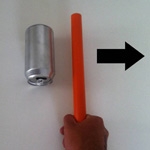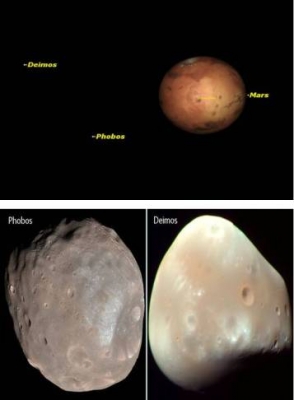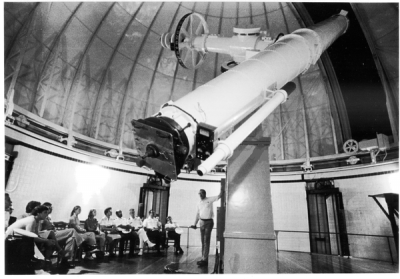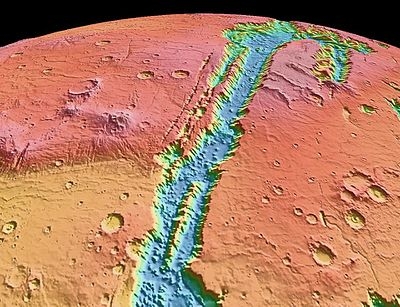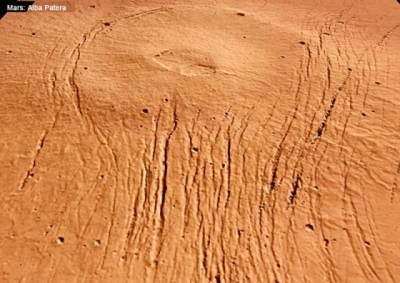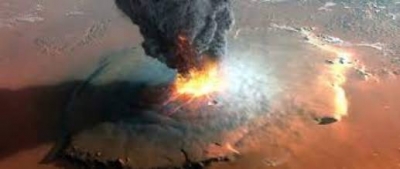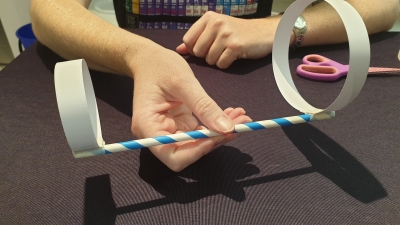
What you need:
A drinking straw, card paper or any stiff paper, tape, scissors
What to do:
1. Cut the paper into three strips. Each strip should measure 1 inch (2.5 cm) by 5 inches (13 cm).
2. Take two of the strips and tape them together in the shape of a hoop. Make sure that both their overlapping ends are at least an inch long so that the hoop stays in shape after being taped.
3. Make another smaller hoop with the last strip of paper making sure to overlap its ends a bit more as well.
4. Tape the hoops to either end of the straw, with the straw on the inside of the hoops, at their base.
5. Now, try tossing the whole thing into the air, like you would a paper plane. The smaller hoop should be in front and angled slightly upwards.
What happens:
With a little practice, you can make your hoop glider fly further than any paper plane! Time for that race with friends!
Why?
The two hoops help keep your straw lifted and balanced in the air. The larger hoop helps to create 'drag' or air resistance. This is a sort of friction force that air exerts on moving objects to oppose their motion. Thus if an object is flying fast, it experiences more drag as the air tries to slow it down. But although the speed is reduced due to drag, the force also makes sure that your glider doesn't just whizz to the ground and instead glides slowly through the air. The smaller hoop in front acts like the nose of the glider and makes sure that it doesn't veer off-course. Also, remember that under the influence of gravity two objects. irrespective of their weights generally fall downwards at the same speed That means if you throw a feather and an iron ball from the third floor of a building, they will reach the ground together (of course other factors such as air drag need to be eliminated or reduced to observe this). So despite your two hoops being heavier than the straw, the entire thing travels together and reaches the ground together too!
Picture Credit : Google




